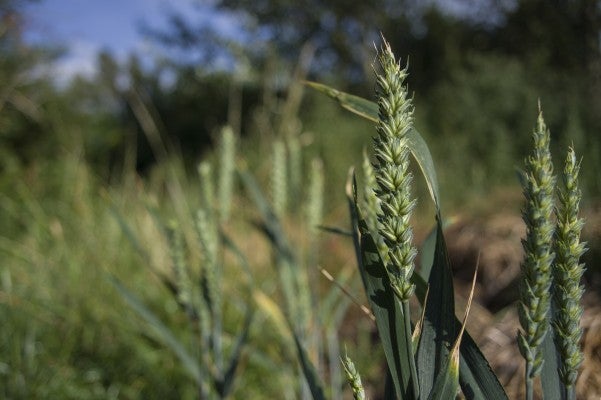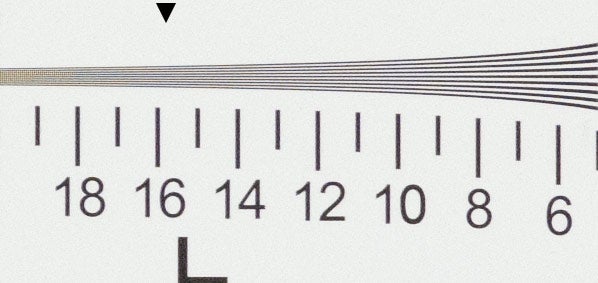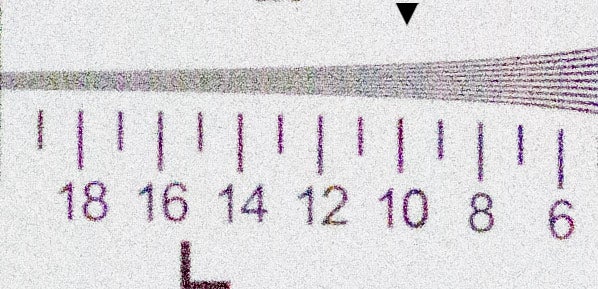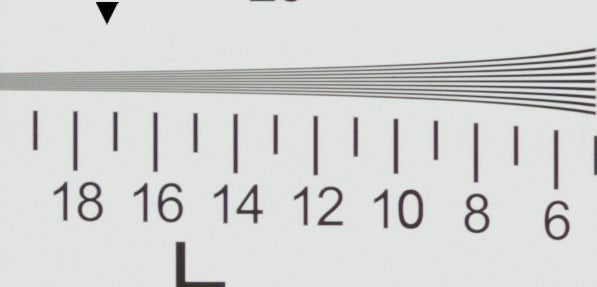The Pentax K-3 II aims to improve on the K-3 with better continuous autofocusing, in-body image stabilisation and never before seen features like Pixel Shift Resolution and Astrotracer. Callum McInernery-Riley investigates
Pentax K-3 II Review
Image Quality

The K-3 produces great-looking images and is a pleasure to shoot with
See more images taken with the Pentax K-3 II in our sample image gallery
Featuring a Sony-made 24.35-million-pixel APS-C sized CMOS sensor – likely to be the same as in the Nikon D7200 and Sony Alpha 77 II – the Pentax K-3 II image quality is very good. There are issues with the JPEG processing not rendering the finer detail of an image, but raw files have an excellent amount of detail present. It’s also quite remarkable how much detail the Pixel Shift Resolution mode can resolve, although it’s limited to static subjects.
Dynamic range is great, as we would expect, and it retains a good dynamic range throughout the ISO sensitivity range, giving plenty of detail in the highlight and shadows. I found shooting up to ISO 800 gave very good results, and luminance noise isn’t noticeable until ISO 1,600. Overall, raw image quality is up there with the best APS-C cameras available, but JPEG images don’t quite match up.
Resolution
With the anti-aliasing simulator switched off and shooting at the minimum ISO sensitivity of 100, a score of 3,300l/ph is gained from our resolution chart. This is a very impressive score for this type of sensor and it holds up well as the sensitivity is raised, with 3,100l/ph at ISO 6,400. However, while in Pixel Shift Resolution mode at ISO 100, an excellent total of 3,800l/ph is resolved. All the images were taken with a Sigma 105mm f/2.8 EX DG OS HSM macro lens at f/5.6.
Below are 100% crops from our resolution test chart shots. Multiply the numbers below the lines by 200 to give the resolution in lines/picture height (l/ph).
Native 24MP mode (AA simulator off)

Pentax K-3 II resolution (native) ISO 100

Pentax K-3 II resolution (native) ISO 1600

Pentax K-3 II resolution (native) ISO 51,200
Anti-aliasing mode 1

Pentax K-3 II resolution (anti-aliasing mode 1) ISO 100

Pentax K-3 II resolution (anti-aliasing mode 1) ISO 1600

Pentax K-3 II resolution (anti-aliasing mode 1) ISO 51,200
Anti-aliasing mode 2

Pentax K-3 II resolution (anti-aliasing mode 2) ISO 100

Pentax K-3 II resolution (anti-aliasing mode 2) ISO 1600

Pentax K-3 II resolution (anti-aliasing mode 1) ISO 51,200
Pixel-shift resolution mode
Pentax K-3 II resolution (pixel-shift resolution mode) ISO 100
Pentax K-3 II resolution (pixel-shift resolution mode) ISO 1600
Pentax K-3 II resolution (pixel-shift resolution mode) ISO 51,200




